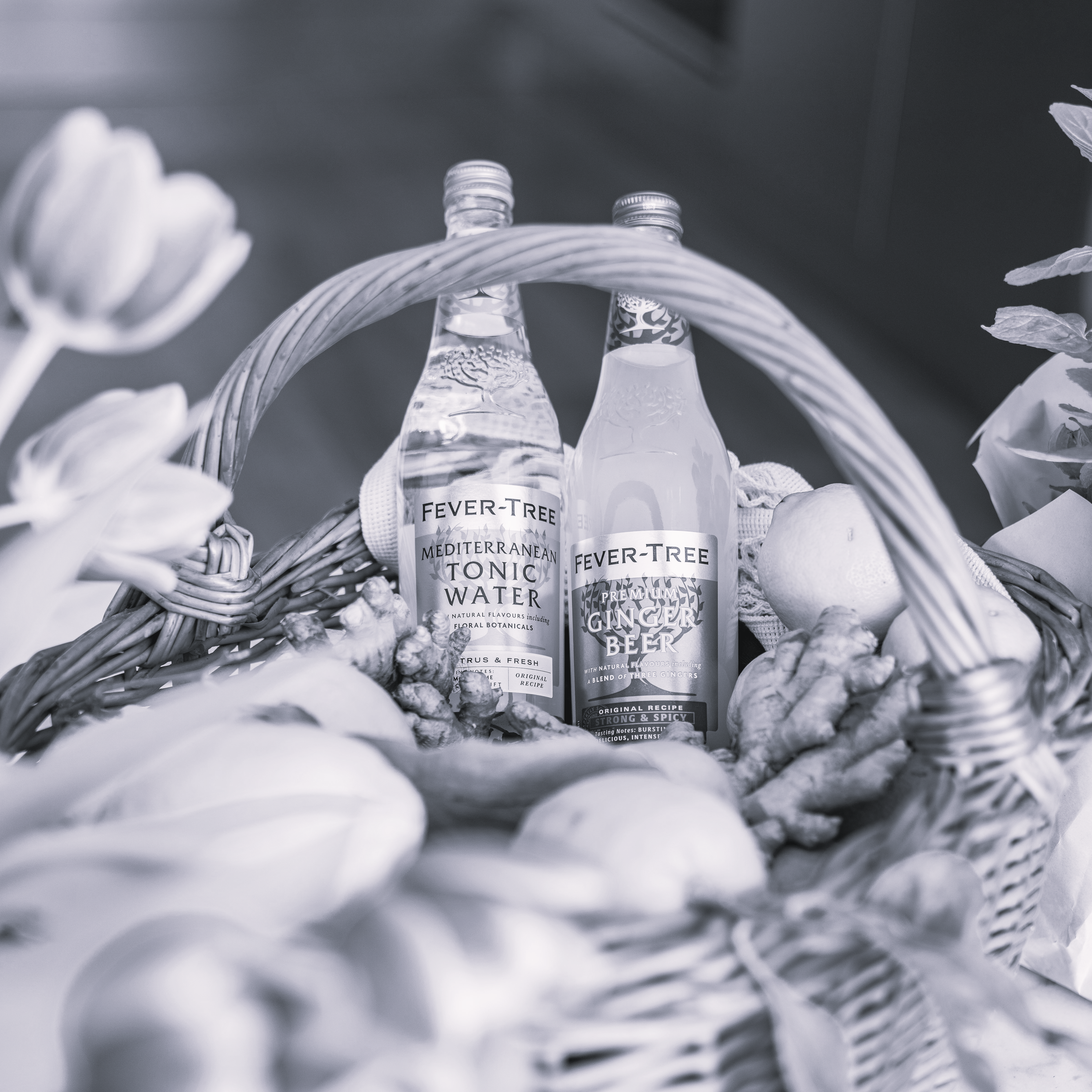VODKA IN THE RUSSIAN REVOLUTION.
After the Russian Revolution, the Bolsheviks confiscated all private distilleries in Moscow. As a result, a number of Russian vodka-makers emigrated, taking their skills and recipes with them. One such exile revived his brand in Paris and later met a Russian immigrant from the USA, they then together set up the first vodka distillery 1934. This was subsequently sold to a U.S. drinks company. From this small start, vodka began in the 1940s to achieve its wide popularity in the Western World.
VODKA PRODUCTION
Vodka wasn't originally made from potatoes (potatoes didn't make it to the Continent until the 16th Century, when Spanish Conquistadores brought them back from Peru)The production of vodka is rather simple if you compare it to other spirits. It can be made from just about anything, but that doesn't mean it will taste good. Anything that has starch or sugar can technically make a vodka. Grains such as rye, wheat, corn, or sorghum, as well as potatoes, sugar beets, grapes, molasses, rice, or soybeans can be made into a vodka. Even just sugar and yeast can produce vodka if done correctly. Many vodka distillers use extensive filtration to get as "pure" of a vodka taste as possible, while some rely on the distillation and go with a more traditional approach.
VODKA WAS USED MEDICINALLY. AND IT STILL CAN BE.
Like many alcoholic beverages-and like distilling itself-vodka has some claim to medical applications (it was sold as a possible cure for anything from infertility to the plague; that's a wonder drug). Currently, though, it's proven effective at disinfecting a toothache and preventing poison ivy.
VODKA IN THE U.S.A
Vodka spread to the U.S. by way of France after World War II. However, vodka sales did not immediately take off in the U.S. until the 1950's when a business-savvy food and spirits distributor introduced the Moscow Mule (vodka, lime juice, and ginger beer) and started a vodka craze.









